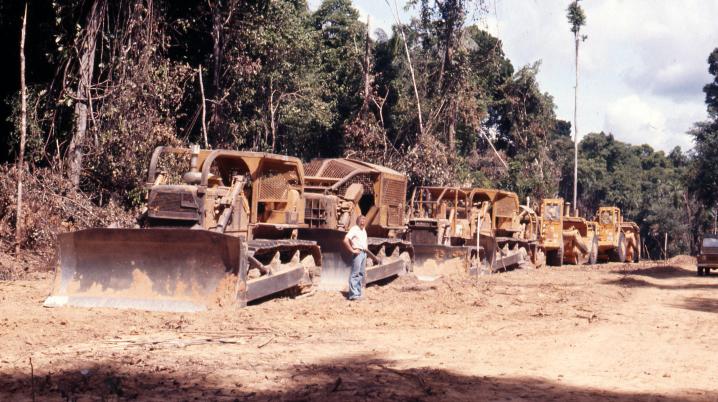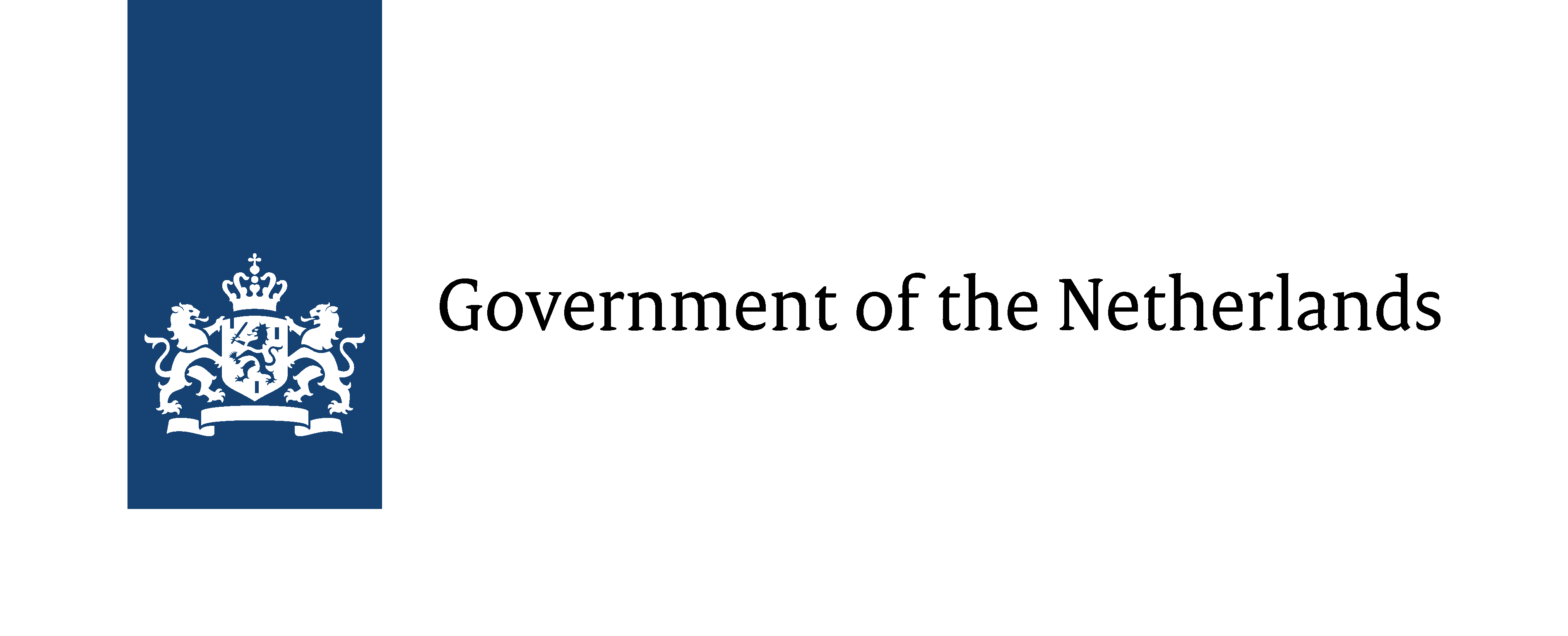
Suriname: The development of civil infrastructure since 1945
Opening-up unmapped areas
Nowadays it is hard to imagine, but in 1945 Suriname was largely unmapped. There were hardly any roads or other infrastructure. Following the post-war concept of development aid, it was expected that this former colonial territory could be developed by the provision of infrastructure and agricultural employment. A large construction programme for roads, bridges, housing projects, ports and airports started in 1948. Polders for agriculture would be constructed in the low-lying coastal plain. The interior was opened up for the exploitation of the tropical forest and to map natural resources. A civil engineering sector was non-existent: contractors and civil engineers came (mainly) from the Netherlands. With optimism and creativity and under often difficult conditions, Dutchmen and their Surinamese assistants and workers carried out these plans. But these took much longer than expected.
75 years later
All these efforts are now largely forgotten. A lot has changed: Suriname became independent from the Netherlands and the optimism of the fifties and sixties largely disappeared. But it should not be forgotten that a lot has been achieved: roads, bridges, dams, polders, dikes, ports and airports have been constructed and a strong Surinamese civil construction sector has developed.
'Bouwen aan de Wilde Kust II; Geschiedenis van de civiele infrastructuur van Suriname 1945-2020' by Hillebrand Ehrenburg and Marcel Meyer describes all this. The book has been published recently by LM Publishers, following the publication concerning the first part of this extensive research project.
This project was supported by DutchCulture’s Shared Cultural Heritage Matching Fund.
Article written by: Hillebrand Ehrenburg.

